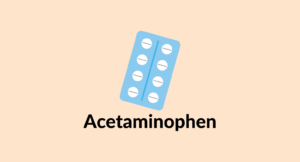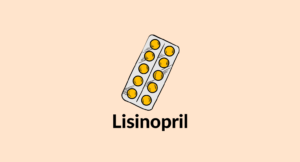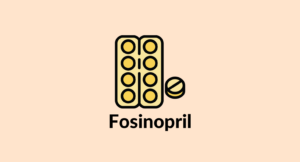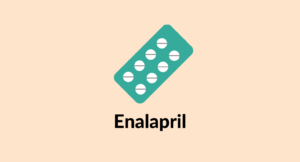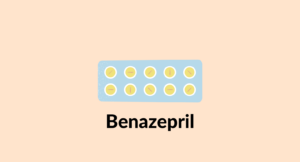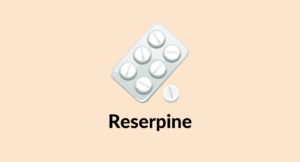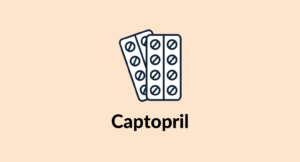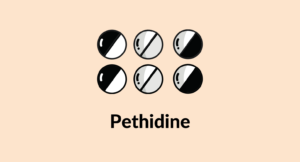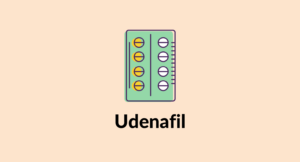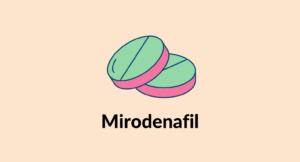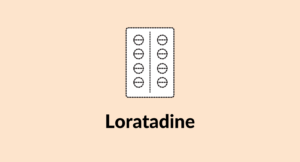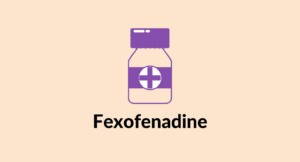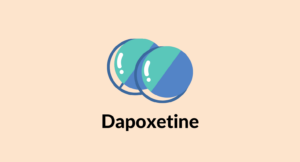
Is CBD Safe To Take With Guanfacine Hydrochloride (Tenex)?
Cannabidiol (CBD) and the central agonist guanfacine hydrochloride have a low chance of interacting, but the potential side effects can be severe.
Taking CBD and guanfacine together could result in side effects associated with low blood pressure, including dizziness, confusion, and fainting.
Serious interactions aren’t expected with this combination.
Proceed with caution & speak to your doctor first.
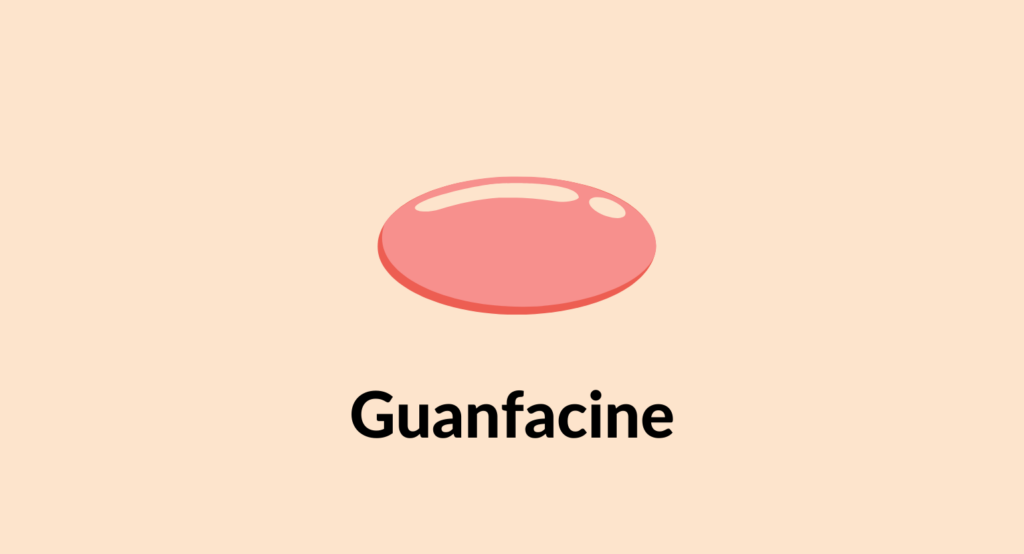
Guanfacine hydrochloride belongs to a class of medications called central agonists. It’s used for managing high blood pressure as well as attention deficit hyperactivity disorder (ADHD).
This medication is rarely used today as better options exist — however, it’s still prescribed when other medications fail to offer support.
Here, we’ll examine the potential risks of mixing CBD with this older generation hypertension medication and offer some tips on how you can reduce your risk with this combination.
Does CBD Interact With Guanfacine Hydrochloride (Tenex)?
Yes. CBD may interact with guanfacine hydrochloride (Tenex).
The most concerning side effect of this interaction is low blood pressure, which can cause dizziness, confusion, and fainting.
Overall, the chances these medications will interact is minimal.
CBD can interact with guanfacine in two ways:
A) CBD May Increase the Risk of Side Effects From Tenex
Guanfacine is a centrally acting alpha 2 adrenergic agonist. It decreases blood pressure by activating the receptors for alpha 2 adrenoreceptors of the nervous system that leads to a decrease in peripheral sympathetic outflow. This causes a decrease in both the systolic and diastolic pressure.
CBD, on the other hand, works on the endocannabinoid system. One of the effects of CBD is a relaxation of the blood vessels — leading to a reduction in blood pressure.
Taking these two drugs together may cause the blood pressure to decrease more than expected and cause side effects like fainting dizziness.
B) CBD May Interfere With The Metabolism of Tenex
Metabolic competition occurs when two substances use the same enzymes for metabolism, causing them to compete against each other if consumed together.
Guanfacine is metabolized by the cytochrome enzyme CYP3A4. CBD is also metabolized by the 3A4 enzymes, along with others such as 2D6 and 2C19.
Because of this overlap, it’s possible that CBD and Tenex will compete with each other for metabolism — leading to a gradual buildup of both substances over time.
The result could be over-accumulation of guanfacine and a slow removal rate. This could cause several side effects like a rapid decrease in blood pressure, headaches, fainting, etc.

Similar Medications: CBD & Central Agonists
Guanfacine is classified as centrally acting alpha 2A-adrenergic receptor agonists or simply a “central agonist.”
CBD and central agonists all share similar risks for interaction and side effects, with the primary side effect to watch out for revolving around the symptoms of low blood pressure.
Other Central Agonists That May Interact With CBD:
- Alpha Methyldopa (Aldomet)
- Clonidine Hydrochloride (Catapres)
- Guanabenz Acetate (Wytensin)
Is It Safe to Take CBD & Guanfacine Hydrochloride (Tenex) Together?
Taking CBD and Tenex could cause users to feel dizzy or lightheaded. This can become especially dangerous while driving or operating heavy machinery.
Should you decide to take these compounds together, be cautious of the dose and ask your prescribing physician about it before you begin.
Is CBD A Viable Alternative to Guanfacine Hydrochloride (Tenex)?
CBD has blood pressure-lowering abilities, but these effects are very different from the effects of prescription hypertensives like Tenex.
CBD may be a good alternative to Tenex for prehypertension (systolic blood pressure between 120 and 129) as a way to delay or prevent the need for prescription medications.
CBD can decrease blood pressure by working on the CB1 receptors in the endothelium. This action releases nitric oxide, dilating the blood pressure and subsequently decreasing blood pressure [1].
CBD’s antioxidative and anti-inflammatory properties can decrease the inflammatory conditions that may be responsible or result from high blood pressure [2].
One study showed that CBD is capable of reducing blood pressure in users who also have increased heart rates [3].
However, if blood pressure is already above 130, CBD isn’t going to be a viable alternative to prescription medications. The risk of heart attack and stroke increases substantially with high blood pressure and should be treated according to the requests of a medical professional.
What is Guanfacine Hydrochloride (Tenex)?
Guanfacine is a centrally acting alpha 2A-adrenergic receptor agonist. It’s used for the treatment of hypertension and ADHD. Tenex is one of its most commonly used brands.
Tenex is FDA-approved and available as a prescription-only medication.
Guanfacine Hydrochloride (Tenex) Specs:

| Drug Name | Guanfacine Hydrochloride |
| Trade Name | Tenex, Afken, Estulic, Intuniv |
| Classification | Central Agonists |
| CYP Metabolism | CYP3A4 |
| Interaction With CBD | Agonistic, Metabolic competition |
| Risk of Interaction | Low |
Other Names For Guanfacine Hydrochloride(Tenex)
Guanfacine is sold under a few other brand names. All share the same risk and potential interactions.
Other names for guanfacine include:
- Afken
- Estulic
- Intuniv
What Does Guanfacine Hydrochloride (Tenex) Do?
Guanfacine is a centrally acting alpha-2A (α2A) adrenergic receptor agonist, which works by reducing the effects of the sympathetic nervous system on the heart and circulatory system.
Guanfacine acts on the α2A adrenoceptors in the central nervous system. This causes a reduction in the peripheral sympathetic outflow, meaning it causes a decrease in the transmission of the neurotransmitters through the nerves. This leads to a reduction in peripheral sympathetic tone. This will then cause a decrease in both the systolic as well as diastolic blood pressure.
Guanfacine is also used in the treatment of attention deficit hyperactivity disorder (ADHD). It is believed to work by interacting with the prefrontal cortex.
Guanfacine may cause this positive effect on the α2A adrenoceptors on dendritic spines. There will be an inhibition of the cyclic adenosine monophosphate (cAMP )-mediated opening of HCN and KCNQ channels. This may end up enhancing the prefrontal cortical synaptic connectivity as well as neuronal firing and effectively decreasing symptoms of ADHD [4].
Guanfacine reaches its peak effect at 1 to 4 hours and has a half-life of 17 hours. There are no studies to show its effects on pregnant and lactating women.
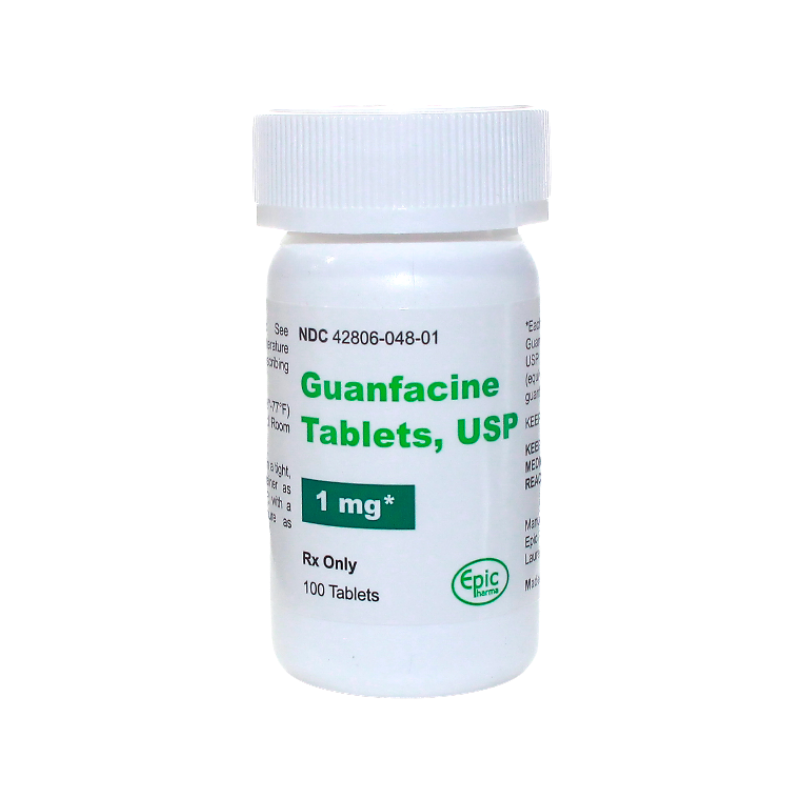
Side Effects of Guanfacine Hydrochloride(Tenex)
- Abdominal pain
- Alopecia
- Anxiety
- Asthenia
- Bradycardia
- Confusion
- Constipation
- Decreased appetite
- Depression
- Dermatitis
- Diaphoresis
- Diarrhea
- Dizziness
- Dry mouth
- Dyspepsia
- Dysphagia
- Dyspnea
- Enuresis
- Fatigue
- Headache
- Hypokinesia
- Hypotension
- Hypersensitivity
- Impotence
- Increased weight
- Insomnia
- Irritability
- Leg cramps
- Lethargy
- Nausea
- Nightmare
- Palpitations
- Postural dizziness
- Pruritus
- Rash
- Somnolence
- Weakness
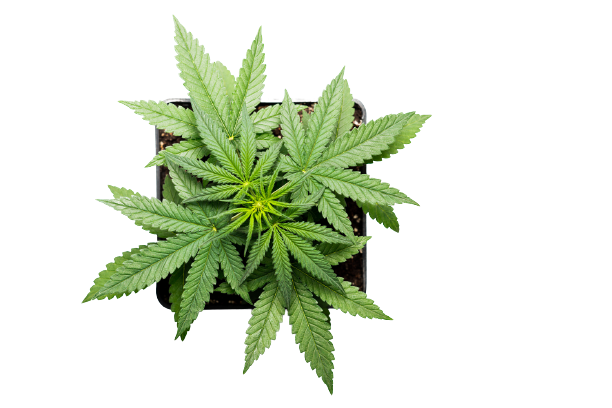
Key Takeaways: Is it Safe to Take Guanfacine Hydrochloride (Tenex) With CBD?
CBD has a mild risk of interacting with guanfacine. Long time usage with a high dose of both drugs could cause some side effects due to overaccumulation and slow removal. However, smaller doses taken for a short time are less likely to do so.
Don’t take both CBD and guanfacine together without consulting your prescribing physician first. In case of any abnormal side effects, get medical aid immediately.
CBD may be helpful to treat milder forms of hypertension; however, it may be ineffective in case of severe conditions.
References
- Stanley, C. P., Hind, W. H., Tufarelli, C., & O’Sullivan, S. E. (2015). Cannabidiol causes endothelium-dependent vasorelaxation of human mesenteric arteries via CB1 activation. Cardiovascular Research, 107(4), 568-578.
- Atalay, S., Jarocka-Karpowicz, I., & Skrzydlewska, E. (2020). Antioxidative and anti-inflammatory properties of cannabidiol. Antioxidants, 9(1), 21.
- Jadoon, K. A., Tan, G. D., & O’Sullivan, S. E. (2017). A single dose of cannabidiol reduces blood pressure in healthy volunteers in a randomized crossover study. JCI insight, 2(12).
- Arnsten, A. F. (2010). The use of α-2A adrenergic agonists for the treatment of attention-deficit/hyperactivity disorder. Expert review of neurotherapeutics, 10(10), 1595-1605.
Signup to our newsletter
Be the first to know about our newest arrivals and special offers!
